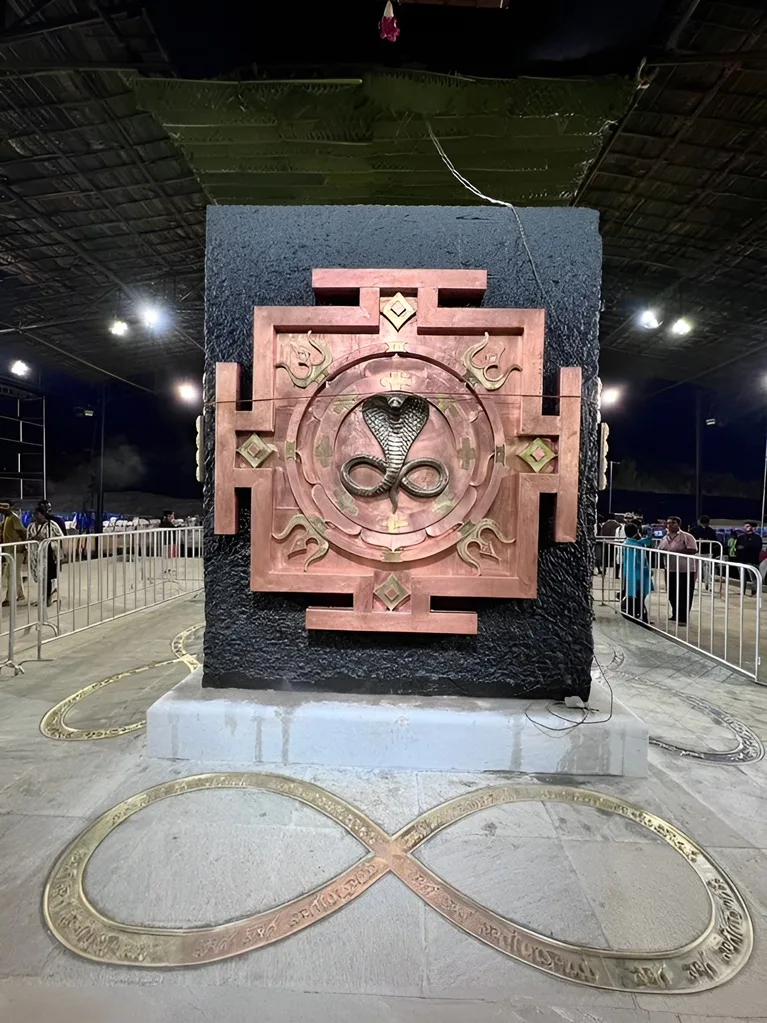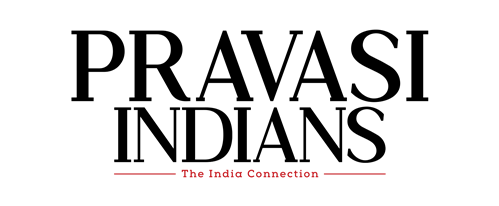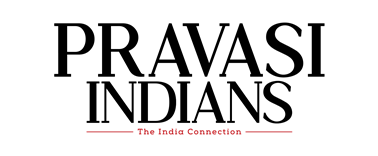Hanuman’s flight trajectory to rescue Sita uses the techniques of Kundalini Yoga as propounded by Maharishi Valmiki in Ramayana to propel himself faster
BY Ajit Kumar Jha
Valmiki wrote the epic poem Ramayana to popularise the message of Kundalini Yoga among the masses. Kundalini Yoga, the first yoga ever created by Lord Shiva, is quintessentially the soul of Ramayana. Academically speaking, the complex concepts of Kundalini Yoga form the foundations of the philosophy behind Ramayana, an epic tale narrated dramatically through a complex structure of plots and subplots.
The story traces the conflict between ‘Good’ and ‘Bad’, which involves its principal protagonists in an extraordinary epic style of drama narrated with enchanting poetry. Lord Ram was exiled for 14 years, during which he had a conflict with the demon King Ravana, who kidnapped Ram’s consort, the beautiful and wise Sita. With the help of Sugriva and his monkey army, along with his general, the genius war strategist Hanuman, Ram successfully defeated Ravana and his army. Valmiki deftly embedded Kundalini Yoga, according to classical scholars, in the chapter titled ‘Sundara Kanda’. Hanuman and Ravana are Kundalini Yogis of Samaya and Kaula Paths.

In the May edition of PRAVASI INDIANS, we argued that the Bhagvad Gita is an apt metaphor for Yoga. In this June edition, we explore how Kundalini Yoga, the father of all yoga, is the soul and philosophy behind the epic Ramayana authored by Valmiki. Although on each occasion we covered all other aspects of yoga (the physical asanas, the different techniques of meditation), our main attempt is to research the classical-spiritual origins of Yoga. Yoga is beyond asanas, beyond physical exercise. It has been a way of life for thousands of years in the Indic tradition. It has a grander ecosystem and a special spiritual mission.
Among scholars who have argued about the links between Kundalini Yoga and Ramayana, one of the least well-known is the late Gunturu Seshendra Sharma, a poet and philosopher from Andhra Pradesh, who authored the popular Telugu book ‘Shodasi’. His son Satyaki translated the book into English.
Sharma’s book is an experimental reading of the Ramayana through the interpretive lens of what he calls Kundalini Yoga. Hanuman’s flight trajectory to Sri Lanka while floating among the clouds gets a new interpretation. Charana Charite Patti is interpreted as the path of Kundalini Yoga. The first verse of the Sundara Kanda Tatho Ravana Nithayah is interpreted by Sharma to refer to Hanuman traversing the Sushumna Nadi (channels of energy) of the Kundalini.
The human body, according to Kundalini Yoga of the Tantric tradition, is composed of 72,000 nadis, of which six are the most important: Ida, Pingala, Brahmani, Chitrani, Vijnani, and Sushumna. Three of them are the key while breathing. Ida, (Chandra, or the moon) flows through the left nostril, Pingala (Surya, or the Sun) flows through the right nostril, and Sushumna is a unique moment when both nostrils flow freely without any obstruction.
Trijata’s dream, according to Sharma, reflects the Gayatri mantra through an imaginative recasting of words as numbers. Gaja (elephant) means eight, dantha (teeth) means thirty-two, and maha-Gaja-chaturanga adds up to 32 syllables, the same number of syllables in the Gayatri mantra. That Trijata’s dream is halfway through the Ramayana also becomes significant for Sharma. He calls it the ‘central bead’ in the Ramayana garland of 24,000 beads. Identifying 32 syllables as the Gayatri mantra follows a convention. Sharma argues that Trijata’s dream, in Sundara Kanda, holds the key. It reflects the Gayatri mantra of 32 syllabi in four lines.

In Sundara Kanda, the wise Trijata, wife of Vibhisana (Ravana’s brother), dreams of Ram and Lakshman’s victory and Ravana’s death and destruction. During her dream, Trijata accompanies Sita to the battlefield between Ram and Ravana. She reassures Sita of Ram’s well-being when Sita sees her husband unconscious and presumes him dead. Trijata prevents Sita from committing suicide when she becomes depressed at the sight of Ram lying down, appearing dead. In later versions of Ramayana, Trijata is considered Vibhisana’s daughter and sister. Later, Trijata marries Hanuman, according to some versions of Ramayana.
Kundalini is a divine form of feminine energy, located at the Muladhara, the base of the spine. It is an important concept in the Śhaiva Tantra, believed to be a force or power associated with the divine feminine, the formless aspect of the Goddess.
Kundalini Yoga derives from Kundalini, defined in Tantra as the energy that lives hidden within the body, frequently at the navel or the base of the spine. This ancient healing practice of Kundalini was the first Yoga, to activate specific parts of the brain that increase awareness and generate more balanced control. By combining breathing techniques, specific physical asanas, and the perfect timing, Kundalini Yoga enhances the powers of the nervous system on a cellular level and activates energetic awareness. Kundalini Yoga, created and practiced in ancient India, and popular even today worldwide, awakens and connects one to the divine energy within oneself. Kundalini Yoga helps achieve a healthy life full of passion, pleasure, energy, awakening, and joy.
Since learning Kundalini Yoga and its perfection in practice requires enormous individual motivation, training, and discipline and appears like a bitter pill to be taken each and every day throughout life, Valmiki decided to popularise it through his magnum opus, the monumental Ramayana. Ordinary folks could simply chant the hymns of Sundara Kanda and learn the tips of Kundalini Yoga.








